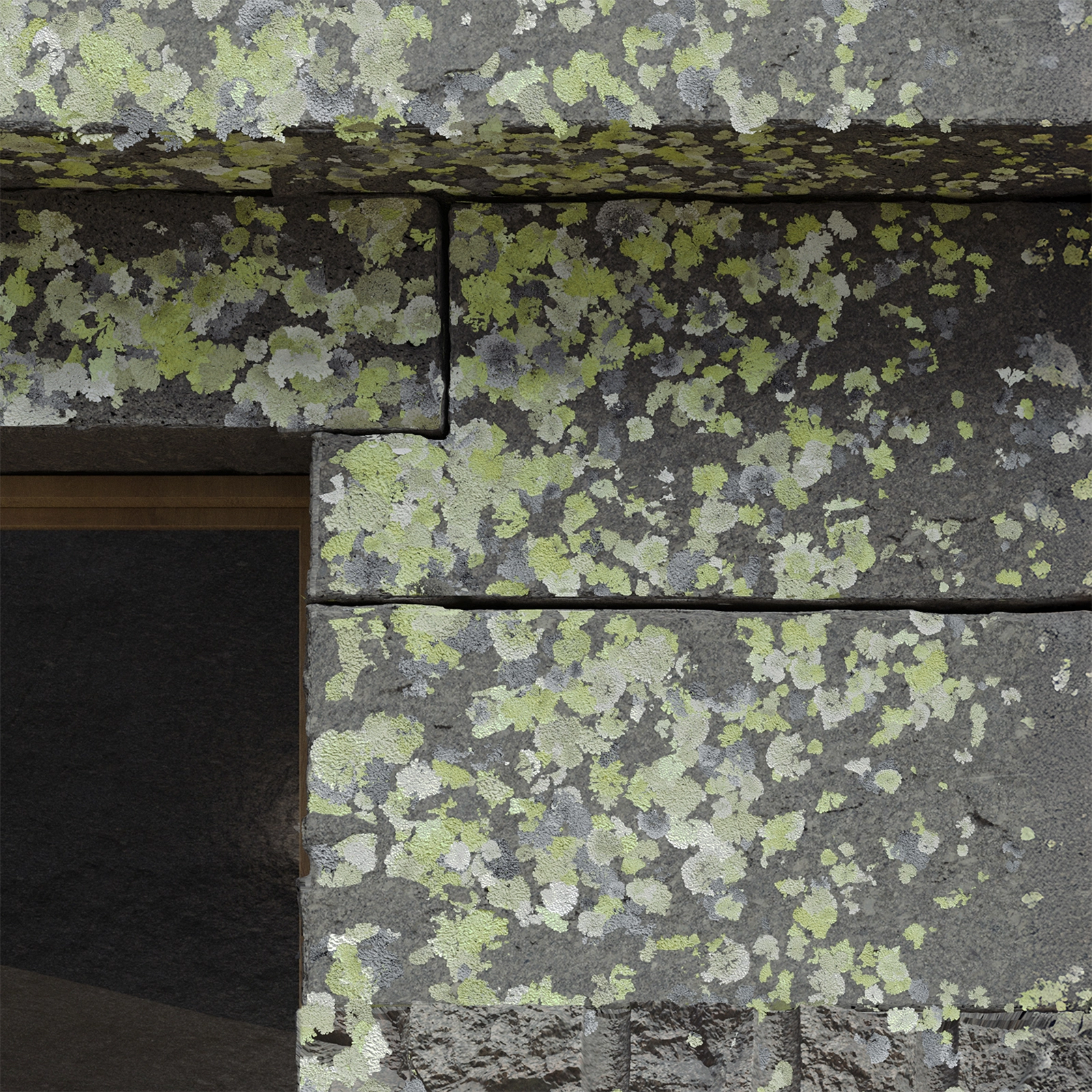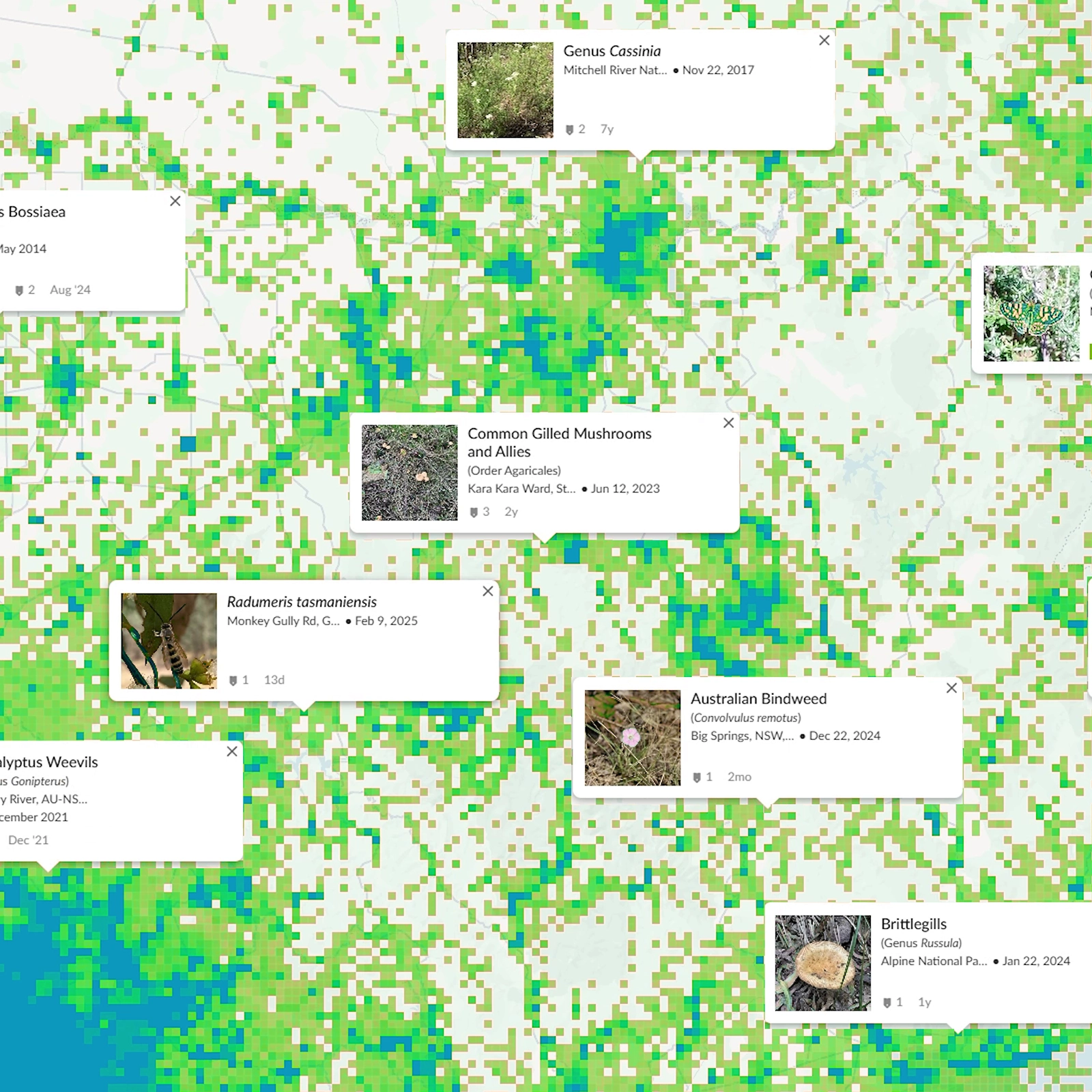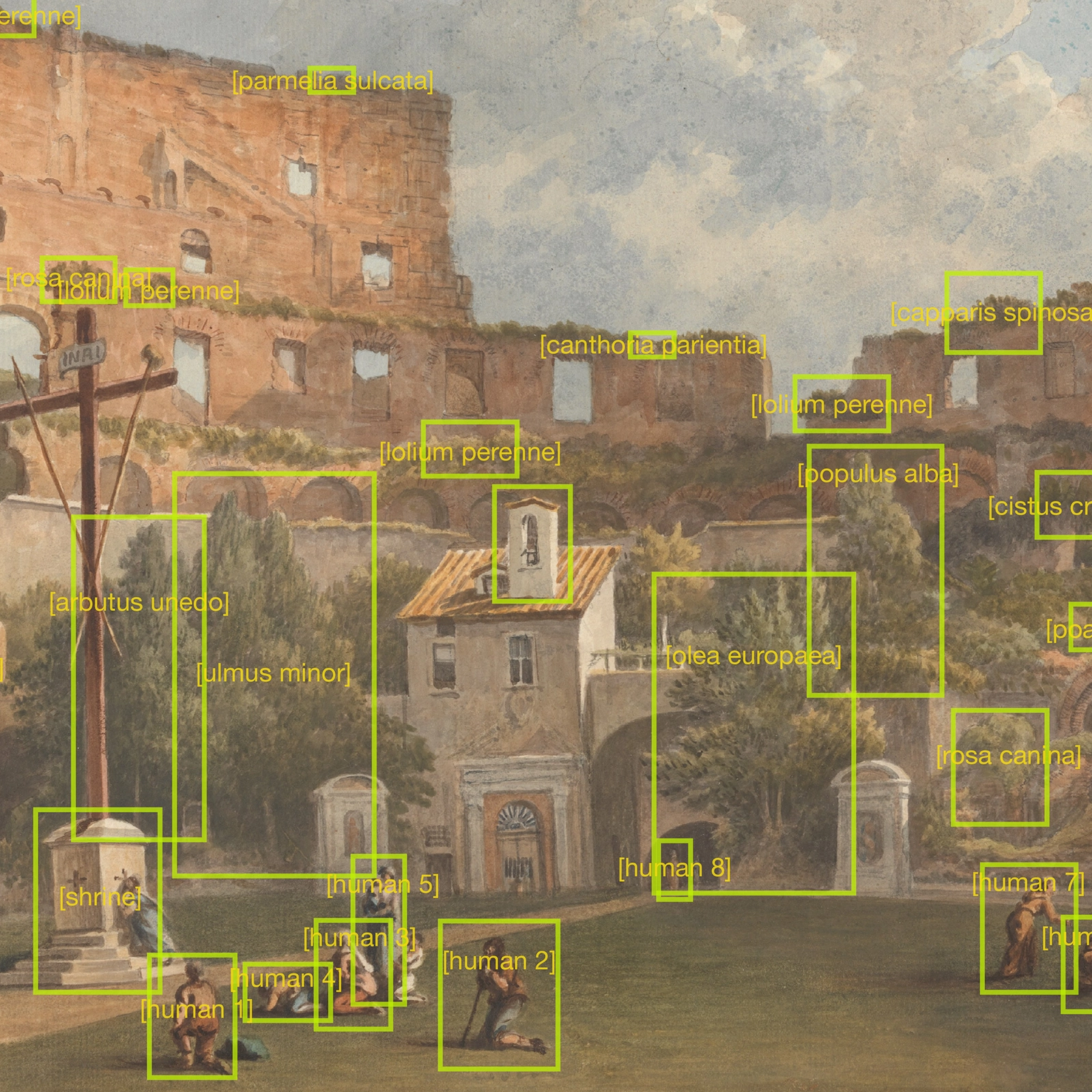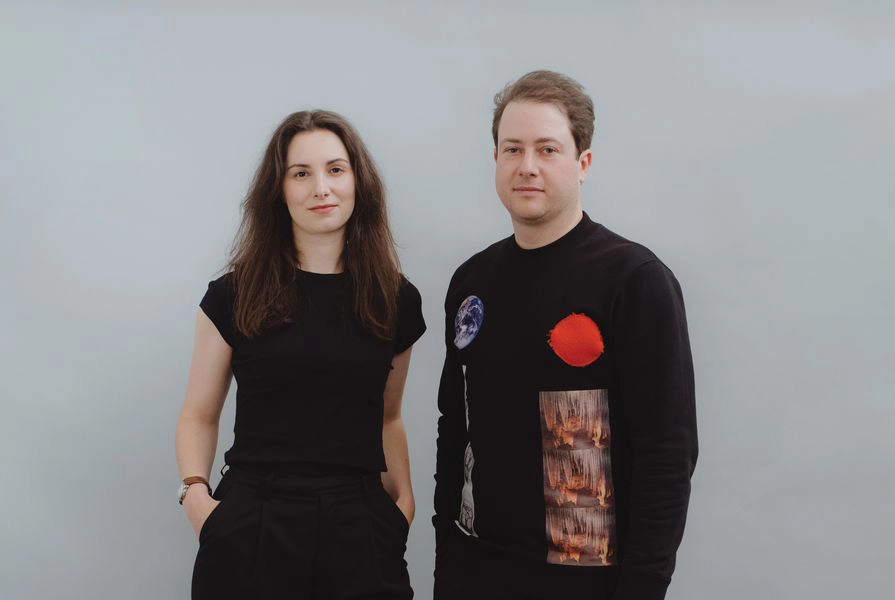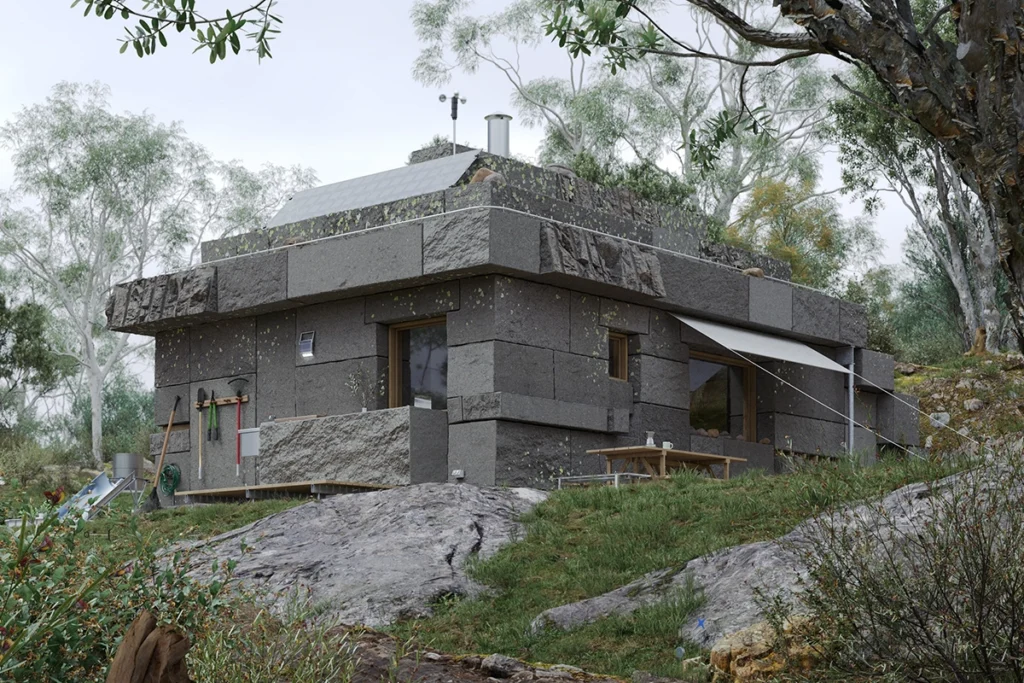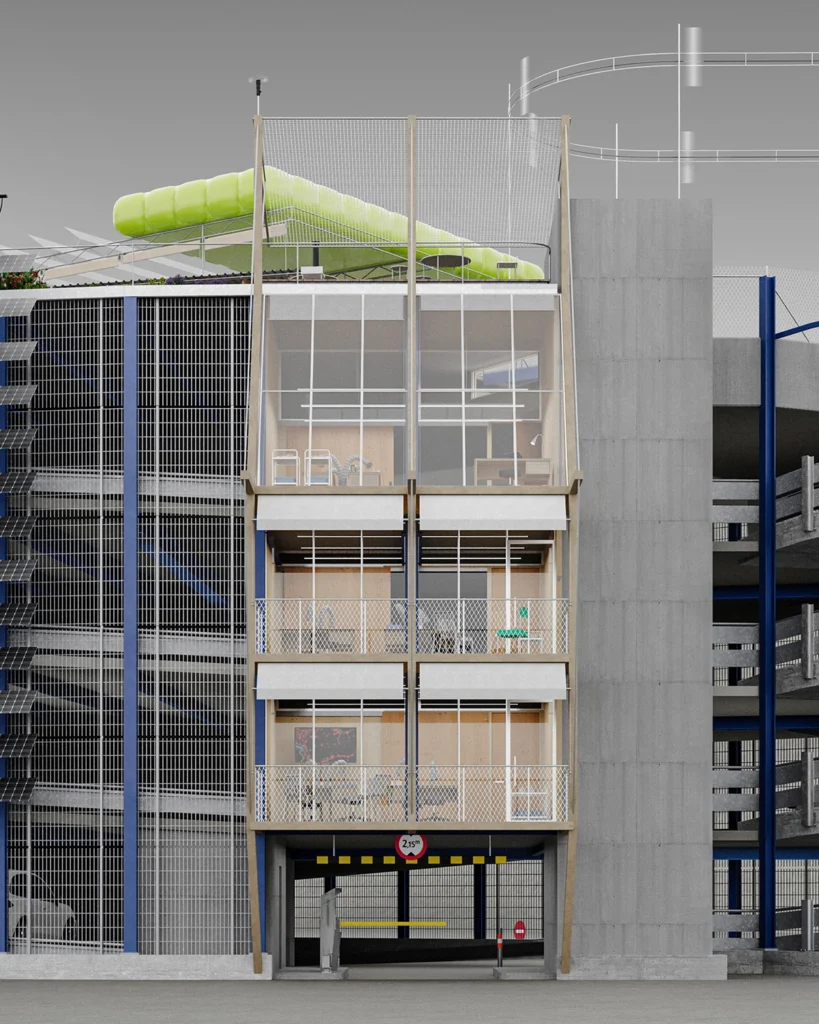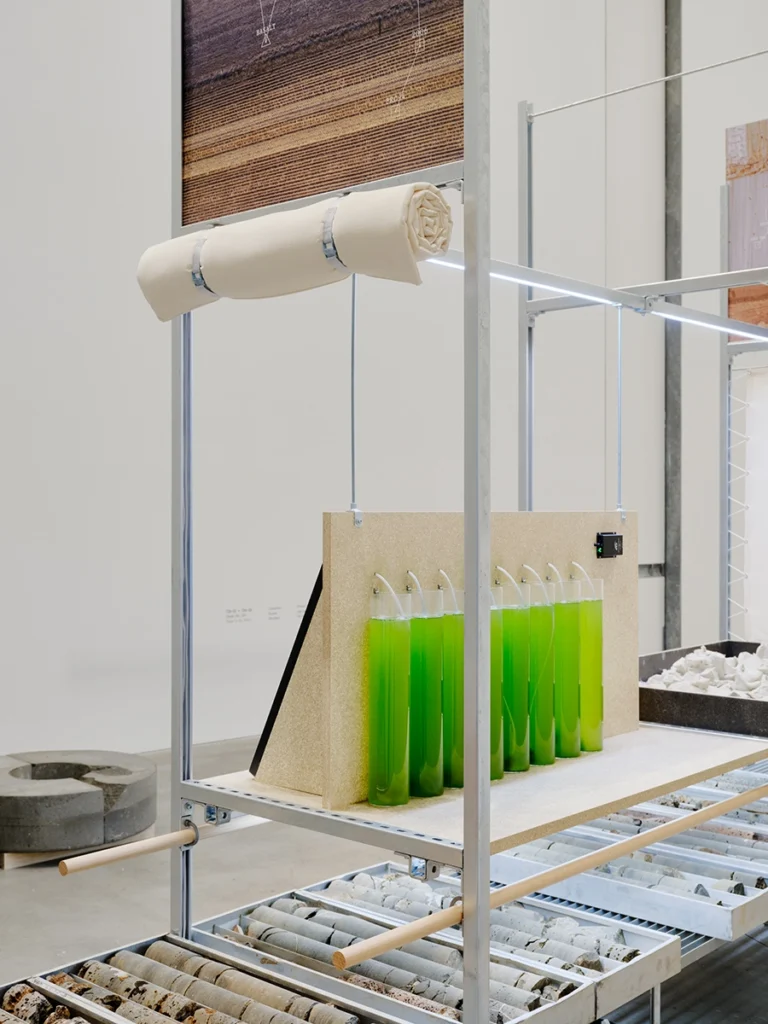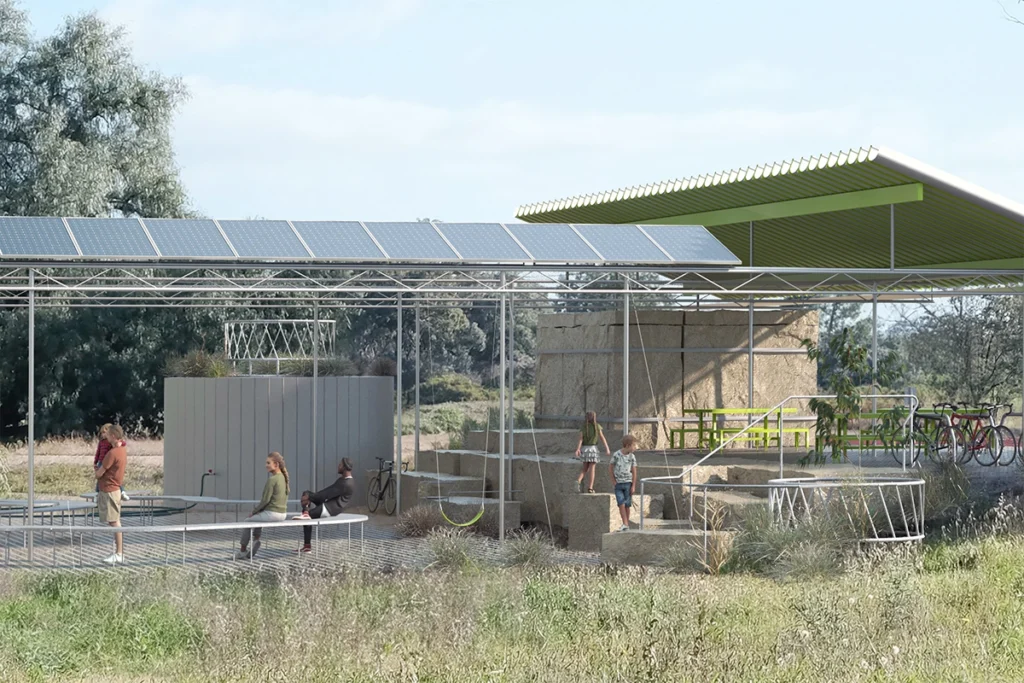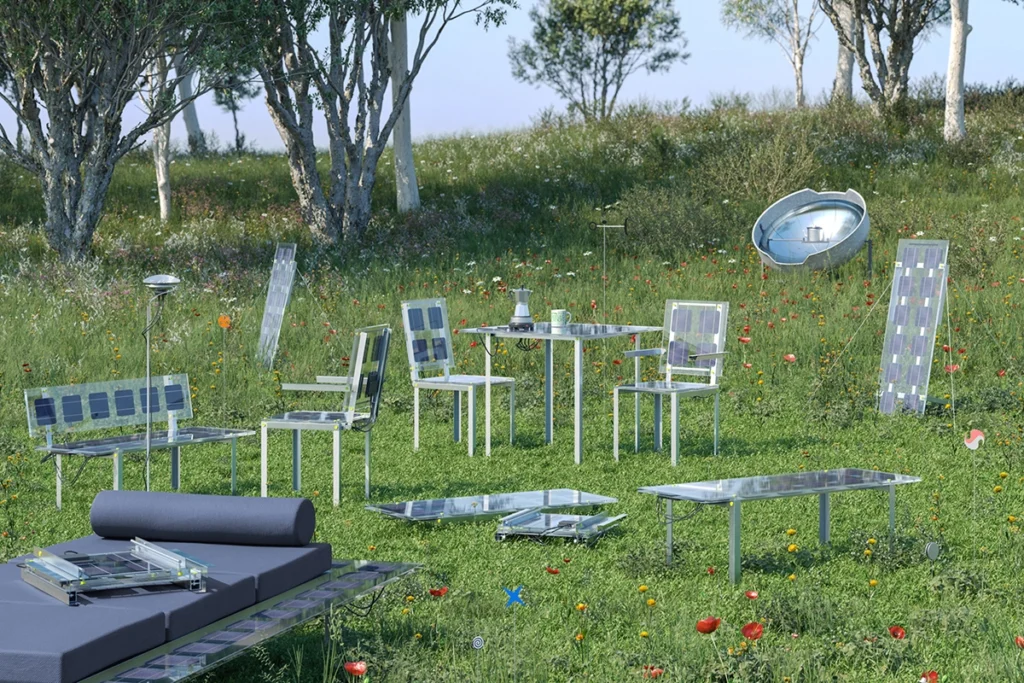Simulaa is an architectural practice established in Naarm by Andre Bonnice and Anna Jankovic. The work of the practice is defined by a considered analysis and a research-based approach that prioritises time-based design thinking.
Their work spans a broad range of scales and contexts, exploring how architecture might respond and act in a world defined by environmental limits, interrelational systems, and layered temporalities. Bonnice and Jankovic both serve as lecturers in architecture, teaching and undertaking research, at the University of Melbourne and RMIT University, respectively.
Additions and Adaptations
A persistent misconception is that architecture is impervious to the natural world, standing apart from ecological forces. In reality, no building is sealed off; every artifact is interconnected with air currents, weather patterns, plant growth, microbial life, and the passage of time. In an age of ecological transition, architecture must resist the impulse to dominate or control these dynamics, and instead become a mediator, one that recognises interdependence and gives form to relationships of coexistence.
The workshop will be organised through acts of sensing and making across Barcelona. Participants will experiment with tools and techniques to reveal overlooked conditions through time-based video recording, environmental sensing, and biodiversity mapping using iNaturalist. This will inform representation that captures flows of energy, matter, and interrelations; not as endpoints but as devices for speculation, situating architecture as part of a wider system.
From sensing, the workshop shifts to assembly. Participants will work quickly, experimenting through small interventions that support both human and non-human life. These prototypes will test how architecture and infrastructure designed for humans can also serve others, to retain water in dry conditions, provide shade for bryophytes, create surfaces for lichens to anchor, or offer perches for birds, and crevices for insects.
